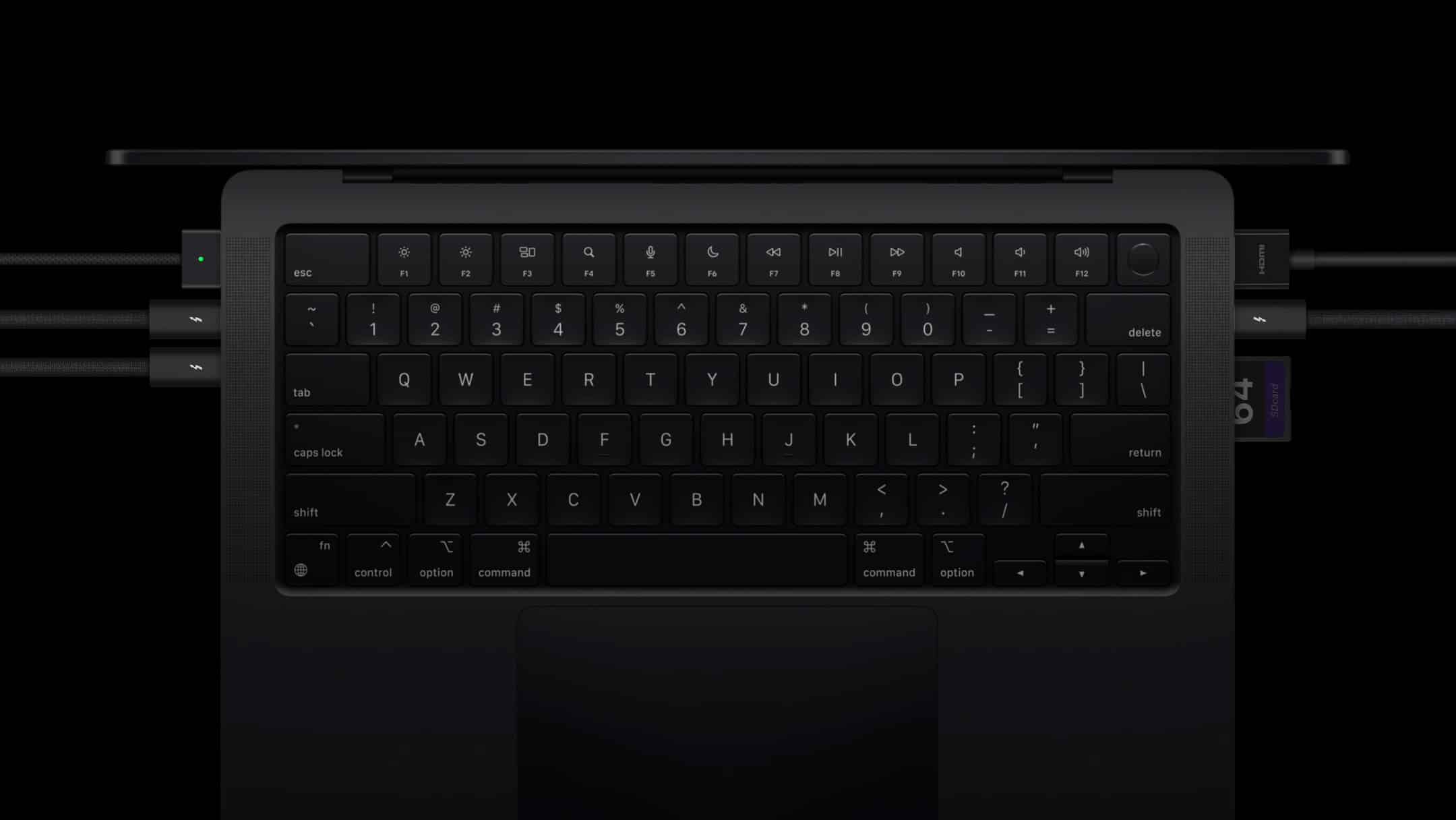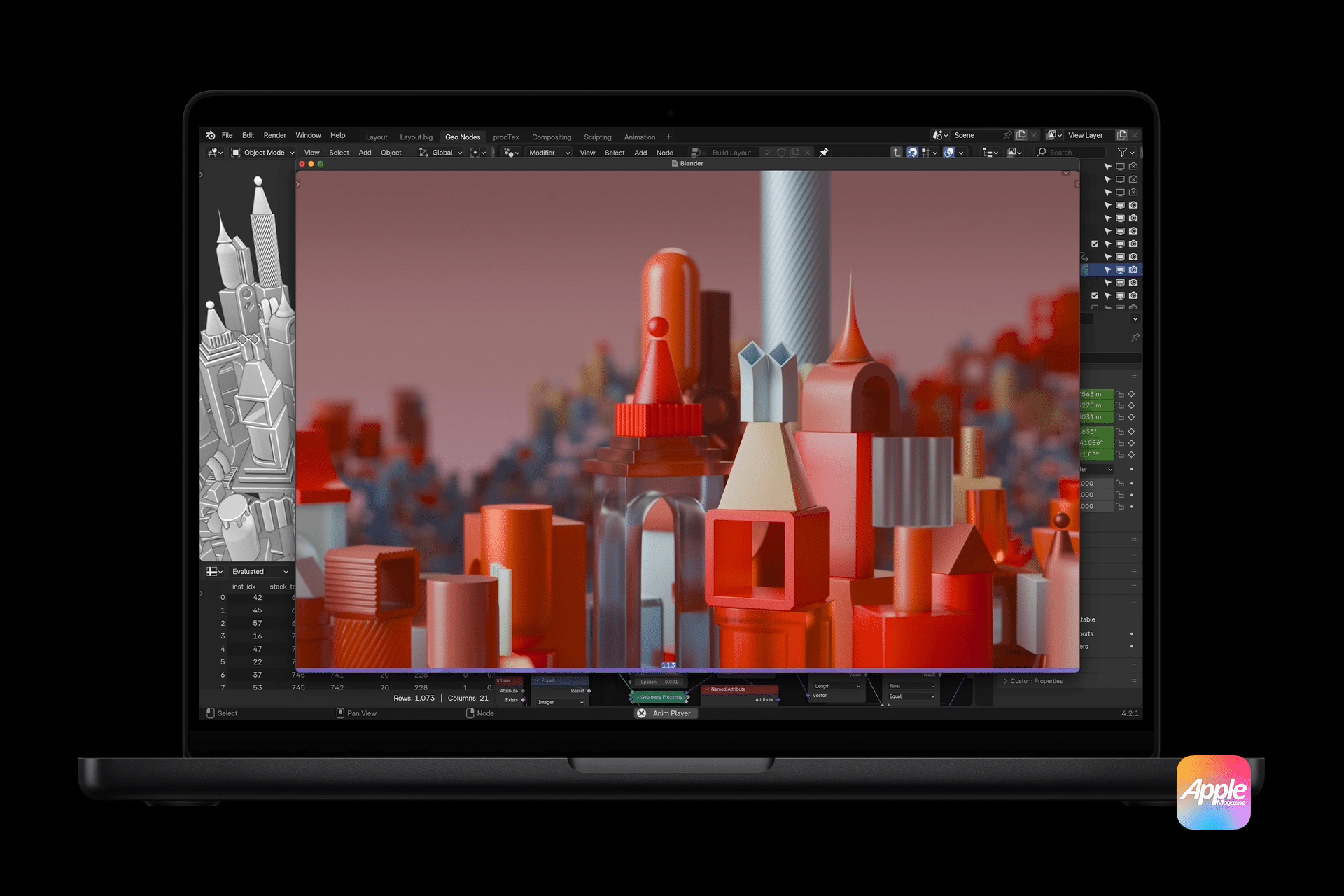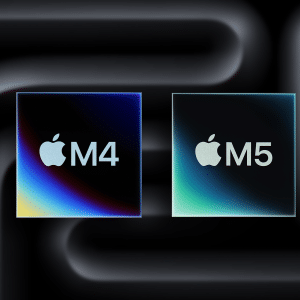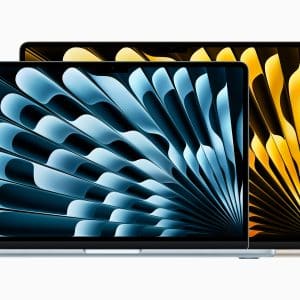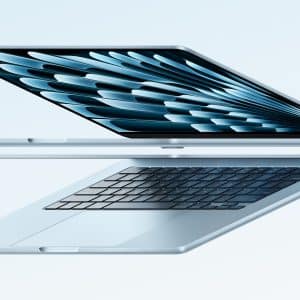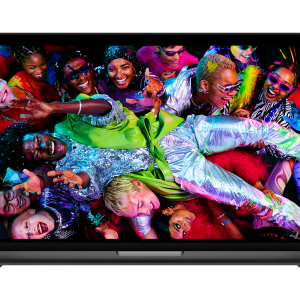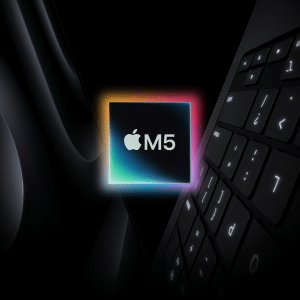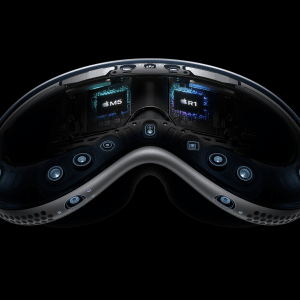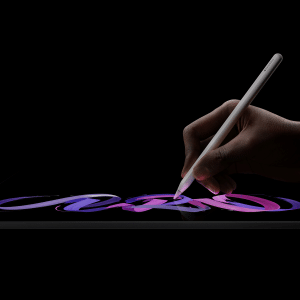Apple’s quest for slimmer devices is no secret—its M4 iPad Pro earned the title of the company’s thinnest product ever. The MacBook Pro could follow suit in 2026, shedding the bulk it gained in 2021 when Apple reintroduced ports like HDMI and MagSafe. That redesign prioritized function, but users have since grumbled about the added weight—around 3.5 pounds for the 14-inch model and 4.7 pounds for the 16-inch. A leaner chassis would make the MacBook Pro easier to toss in a bag without sacrificing battery life or the ports users love. The challenge? Apple must avoid the missteps of the 2016-2019 era, when thinness led to compromised keyboards and connectivity.
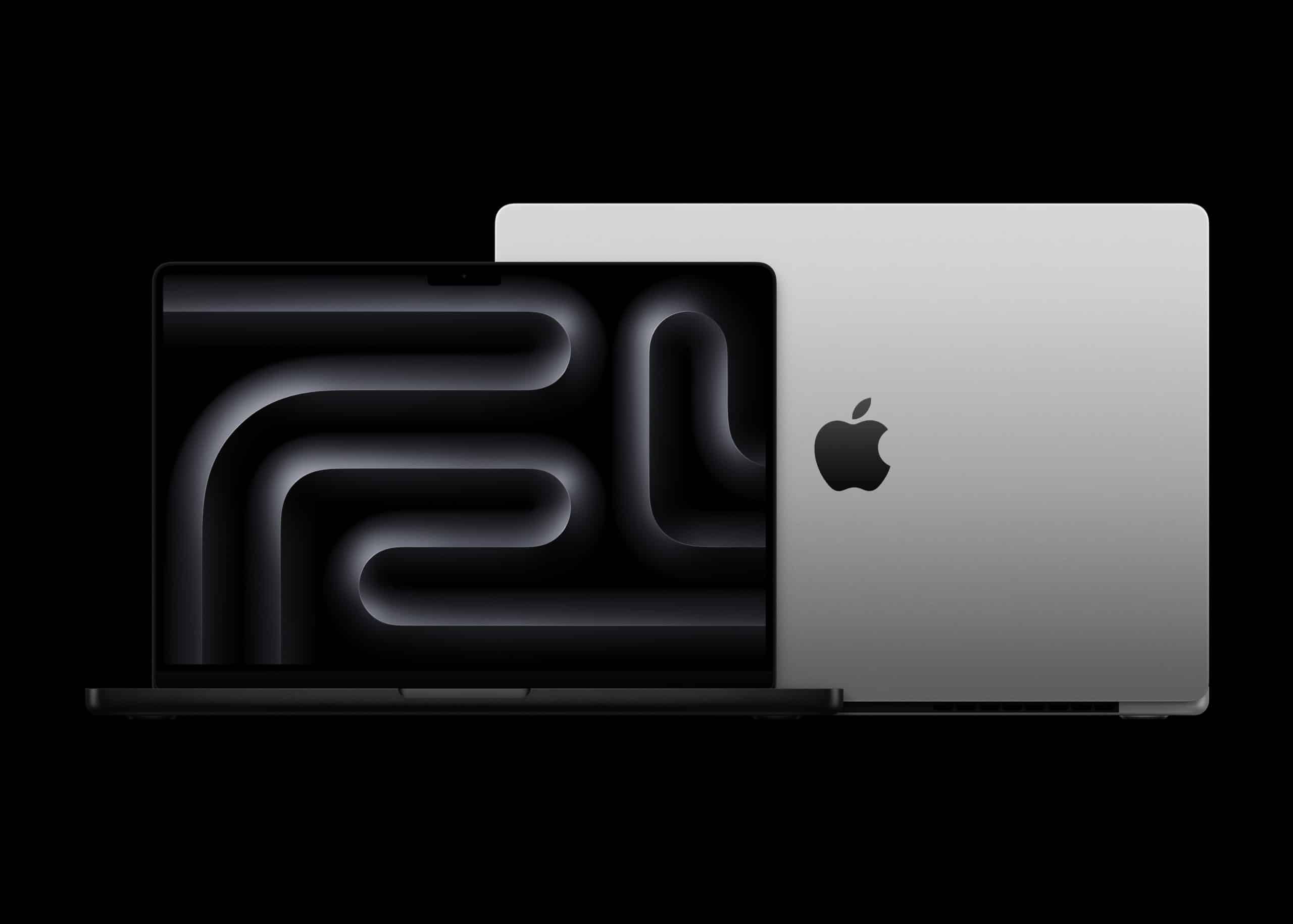
OLED Displays for Stunning Visuals
The MacBook Pro’s mini-LED screens are already top-tier, delivering vibrant colors and deep blacks. But 2026 could bring OLED displays, a leap that’s been teased for years. Unlike mini-LED, OLED offers pixel-level control, meaning perfect blacks, higher contrast, and potentially brighter visuals—ideal for video editors and designers. Power efficiency could also improve, stretching battery life for long work sessions. The catch is brightness: today’s OLED panels, like those in the iPad Pro, match but don’t surpass mini-LED in peak output. By 2026, advancements in tandem OLED tech—layering two RGB panels for better performance—could close that gap, making the MacBook Pro’s display a standout.
Goodbye Notch, Hello Hole-Punch
The MacBook Pro’s notch, housing its webcam, has been a divisive feature since 2021, eating into screen space and disrupting full-screen apps. In 2026, Apple may swap it for a hole-punch camera, a design already common in smartphones and some Windows laptops. This change would free up pixels, giving users a cleaner menu bar and more room for content—think spreadsheets or timelines—without compromising FaceTime quality. It’s a small tweak with big impact, especially for multitaskers who crave every inch of screen real estate.
Cellular Connectivity at Last
For years, Mac users have relied on iPhone hotspots or Wi-Fi for internet on the go, but 2026 could change that. Apple’s custom 5G modem, set to debut in devices like the iPhone SE and iPhone 17 “Air” in 2025, might reach the MacBook Pro by 2026. Built-in cellular would let users work from anywhere—cafes, airports, or remote sites—without juggling devices or hunting for signals. Apple’s focus on privacy and efficiency could make its modem a cut above, offering seamless integration with macOS. For road warriors, this could be the killer feature that justifies an upgrade.
M6 Chips: Power and Efficiency Evolved
The 2026 MacBook Pro is expected to pack M6 chips, likely built on a cutting-edge 2-nanometer process for better performance and lower power draw than the M4 and M5 series. A new packaging method, possibly wafer-level multi-chip module (WMCM), could weave CPU, GPU, and Neural Engine tighter, boosting tasks like video rendering or machine learning. While 2025’s M5 chips will bring modest gains, the M6 could be a bolder step, especially for AI-driven workflows in Apple Intelligence. Whether it’s editing 8K footage or running complex simulations, the M6 aims to keep the MacBook Pro ahead of rivals.
What It Means for Users
For creators, a thinner MacBook Pro with OLED and 5G could mean editing films on a vivid screen from a mountaintop, untethered from Wi-Fi. Developers might revel in the M6’s horsepower, compiling code faster while enjoying a notch-free display. Even casual users could appreciate the lighter build and longer battery life for streaming or browsing on the go. But it’s not all rosy—Apple’s last “thin” push sparked reliability woes, and OLED’s cost could nudge prices up from the current $1,599 starting point. Plus, with tariffs looming, the 2026 model might hit wallets harder than expected.
Should You Wait?
The 2024 MacBook Pro is no slouch, with M4 Max chips that chew through 3D renders and Thunderbolt 5 for blazing-fast externals. The 2025 models, likely arriving in October with M5 chips, promise solid but incremental boosts. For most, these are plenty—buy now if your current rig is lagging. But if you’re holding a recent M1 or M2 model and crave a leap, 2026’s rumored changes make a compelling case to save your pennies. Just don’t expect Apple to confirm anything until WWDC 2026 rolls around.
